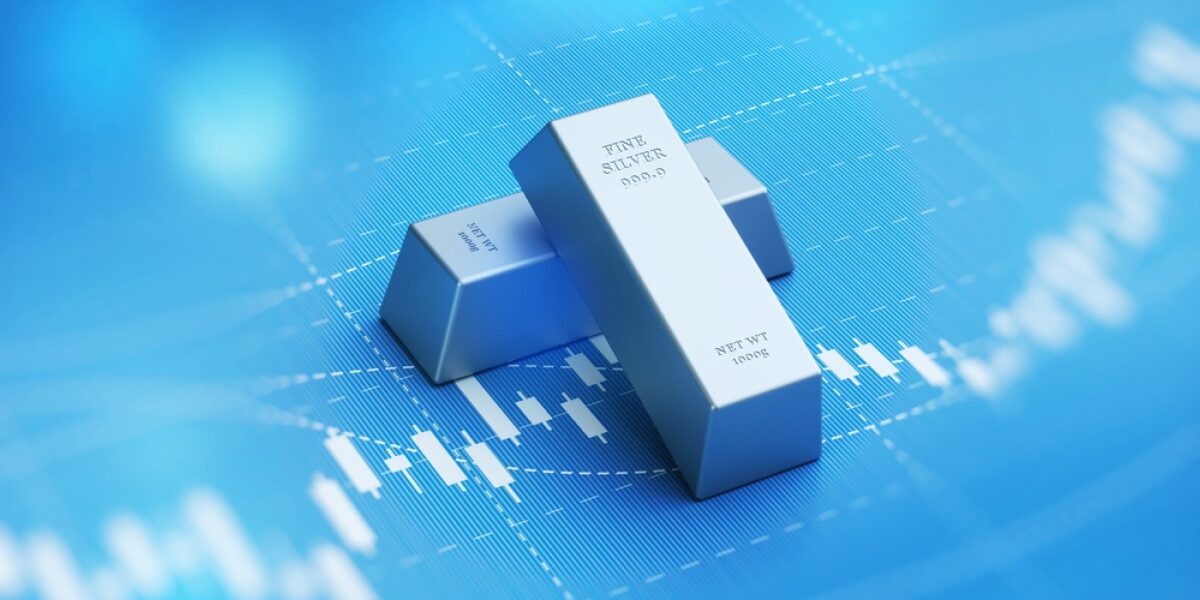Silver: The Rising Star in India’s Commodity and Investment Landscape

Introduction
Silver, long perceived as gold’s lesser cousin, is emerging as a vital commodity and an attractive asset class globally. Traditionally valued for its ornamental and monetary uses, silver is now gaining prominence due to its expanding industrial applications. In India, the demand for silver is surging, driven by both industrial growth and investor interest.
Industrial Use Cases: Global and Local Trends
Silver’s demand is undergoing a structural shift, moving beyond jewelry and coinage into high-tech industrial applications. Several industries are driving this transformation:
Electronics & Solar Energy: Silver’s excellent electrical conductivity makes it indispensable in electronics and semiconductors. The global push for renewable energy has further strengthened its importance, as silver is a key component in photovoltaic (PV) cells used in solar panels. With India’s ambitious solar energy targets under initiatives like the PM-KUSUM and the National Solar Mission, domestic demand for silver in this sector is expected to rise substantially.
5G and Electric Vehicles (EVs): The advent of 5G technology and the proliferation of EVs are expanding silver’s industrial use. It is used in automotive electrical systems, battery production, and advanced connectivity infrastructure. India’s focus on becoming a major EV hub aligns with this global trend, boosting silver consumption.
Healthcare & Medicine: Silver’s antibacterial properties make it valuable in medical instruments, wound dressings, and antimicrobial coatings. With India being a pharmaceutical and medical device manufacturing hub, silver’s role in this sector is also set to grow.
Other Emerging Uses: Silver is gaining traction in water purification, flexible electronics, and high-performance batteries. The metal’s diverse industrial applications underscore its growing indispensability.
Silver as an Asset Class
Investors have traditionally viewed silver as a store of value alongside gold. However, its investment appeal is evolving, driven by both macroeconomic and industrial factors.
Performance of Silver as an Investment
Historical Returns: Over the past decade, silver has exhibited volatility but has delivered strong returns during inflationary periods and economic uncertainties. Unlike gold, silver’s dual role as a precious and industrial metal makes it susceptible to both monetary policies and industrial demand cycles.
Comparison with Other Assets: While gold is often favored for wealth preservation, silver offers higher volatility and potential for outsized gains. For instance, during economic downturns or inflationary spikes, silver has historically outperformed gold in percentage terms. Silver’s correlation with industrial growth also makes it a different play than traditional safe-haven assets.
Silver ETFs and Digital Silver: The Indian market has witnessed increased participation in silver investments through exchange-traded funds (ETFs) and digital silver platforms. The introduction of silver ETFs by major asset management companies (AMCs) in India has made it easier for retail investors to gain exposure to silver without the hassles of physical storage.
Silver Futures and Spot Market: The Multi Commodity Exchange (MCX) provides a liquid market for silver futures, enabling investors and hedgers to participate actively. Silver’s increasing liquidity in the derivatives market further enhances its attractiveness as an investable asset.
Key Factors Influencing Silver Prices
Global Monetary Policy & Inflation: Silver, like gold, is sensitive to central bank policies. A weaker U.S. dollar and accommodative monetary policies tend to boost silver prices.
Industrial Demand vs. Supply Constraints: The demand from technology and renewable energy sectors is rising, while global silver mine production remains constrained. Supply-demand dynamics play a critical role in price fluctuations.
Geopolitical and Economic Uncertainty: Silver often benefits from safe-haven demand during global crises, much like gold.
Conclusion: Silver’s Future in India
Silver is transitioning from being merely a traditional commodity to a strategic asset with rising industrial relevance. Its applications in clean energy, electronics, and healthcare position it for sustained long-term demand. As an investment, silver provides portfolio diversification and potential inflation hedging benefits. With rising awareness and accessibility through ETFs, digital silver, and futures trading, Indian investors are increasingly recognizing silver’s potential. Given its dual nature as an industrial and precious metal, silver is well-positioned to be a compelling part of India’s commodity and investment landscape in the coming years.
Disclaimer: Investment in securities market are subject to market risks. Read all the related documents carefully before investing. Registration granted by SEBI, membership of a SEBI recognized supervisory body (if any) and certification from NISM in no way guarantee performance of the intermediary or provide any assurance of returns to investors.
The content in these posts/articles is for informational and educational purposes only and should not be construed as professional financial advice and nor to be construed as an offer to buy /sell or the solicitation of an offer to buy/sell any security or financial products.Users must make their own investment decisions based on their specific investment objective and financial position and using such independent advisors as they believe necessary.Windmill Capital Team: Windmill Capital Private Limited is a SEBI registered research analyst (Regn. No. INH200007645) based in Bengaluru at No 51 Le Parc Richmonde, Richmond Road, Shanthala Nagar, Bangalore, Karnataka – 560025 creating Thematic & Quantamental curated stock/ETF portfolios. Data analysis is the heart and soul behind our portfolio construction & with 50+ offerings, we have something for everyone. CIN of the company is U74999KA2020PTC132398. For more information and disclosures, visit our disclosures page here.


